806781
TPBi
Synonym(s):
2,2′,2"-(1,3,5-Benzinetriyl)-tris(1-phenyl-1-H-benzimidazole)
Select a Size
Select a Size
About This Item
Recommended Products
Assay
≥99.5% (HPLC)
Quality Level
form
powder
mp
272-277 °C
Orbital energy
HOMO 6.2 eV
LUMO 2.7 eV
OLED Device Performance
ITO/MoO3/NPB/Cz-BTPE/TPBi/LiF/Al (ref 2)
ITO/MoO3/NPB/Ph-BTPE/TPBi/LiF/Al
ITO/MoO3/NPB/isopro-BTPE/TPBi/LiF/Al(ref 2)
ITO/MoO3/NPB/methyl-BTPE/TPBi/LiF/Al (ref 2)
SMILES string
C1(C2=NC(C=CC=C3)=C3N2C4=CC=CC=C4)=CC(C5=NC(C=CC=C6)=C6N5C7=CC=CC=C7)=CC(C8=NC(C=CC=C9)=C9N8C%10=CC=CC=C%10)=C1
InChI
1S/C45H30N6/c1-4-16-34(17-5-1)49-40-25-13-10-22-37(40)46-43(49)31-28-32(44-47-38-23-11-14-26-41(38)50(44)35-18-6-2-7-19-35)30-33(29-31)45-48-39-24-12-15-27-42(39)51(45)36-20-8-3-9-21-36/h1-30H
InChI key
GEQBRULPNIVQPP-UHFFFAOYSA-N
Looking for similar products? Visit Product Comparison Guide
Related Categories
1 of 4
This Item | 541435 | 536512 | 655201 |
|---|---|---|---|
| description Band gap: 2.3 eV | description Band gap: 2.3 eV | description Band gap: 2.3 eV | description - |
| mol wt average Mn 40,000-70,000 | mol wt average Mn 70,000-100,000 | mol wt - | mol wt - |
| fluorescence λex 493 nm; λem 554 nm in toluene | fluorescence λex 495 nm; λem 554 nm in toluene | fluorescence λex 493 nm; λem 554 nm in toluene | fluorescence - |
| orbital energy HOMO -5.3 eV | orbital energy HOMO -5.3 eV , LUMO -3 eV | orbital energy HOMO -5.3 eV , LUMO -3 eV | orbital energy - |
| OLED device performance ITO/PEDOT:PSS/MEH-PPV/Al | OLED device performance ITO/PEDOT:PSS/MEH-PPV/Al | OLED device performance ITO/PEDOT:PSS/MEH-PPV/Al | OLED device performance - |
General description
The increase in power conversion efficiency of the device on the addition of TBPi is attributed to the following reasons:
- Preventing exciton from quenching at the acceptor/cathode interface.
- Acting as an optical spacer.
- Forming a passivating layer.[2]
Application
Storage Class Code
11 - Combustible Solids
WGK
WGK 3
Flash Point(F)
Not applicable
Flash Point(C)
Not applicable
Choose from one of the most recent versions:
Already Own This Product?
Find documentation for the products that you have recently purchased in the Document Library.
Articles
Organic Light-emitting Diodes (OLEDs) are solid-state devices that transform electrical energy into light. OLEDs are considered the next generation technology for high-resolution flexible displays and solid state lighting, attracting intense scientific and industrial interest.
Related Content
Organic electronics utilizes organic conductors and semiconductors for applications in organic photovoltaics, organic light-emitting diodes, and organic field-effect transistors.
Our team of scientists has experience in all areas of research including Life Science, Material Science, Chemical Synthesis, Chromatography, Analytical and many others.
Contact Technical Service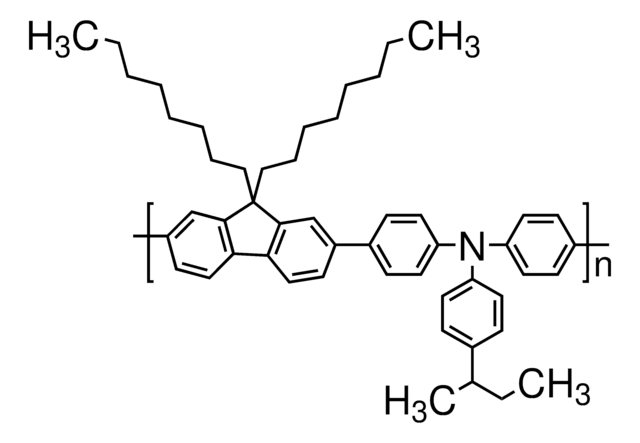
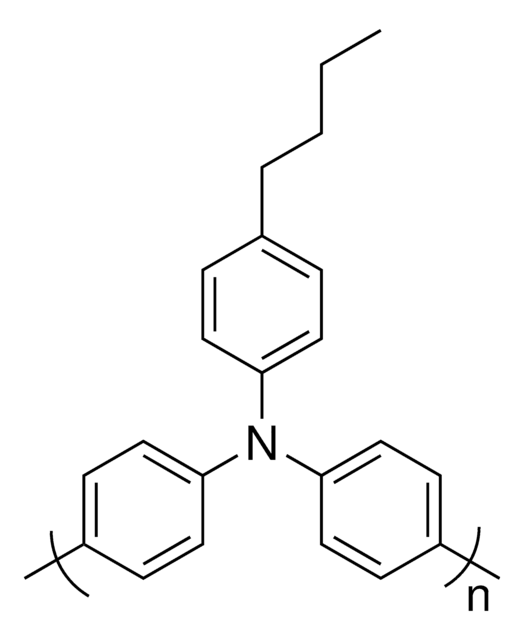
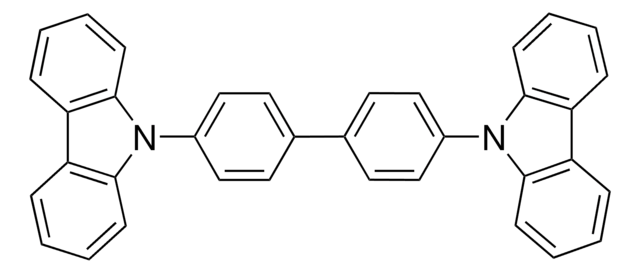
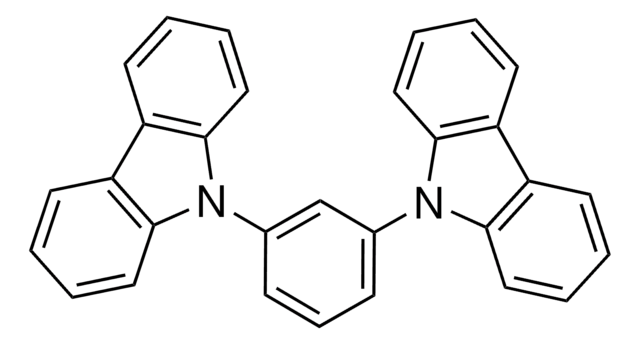
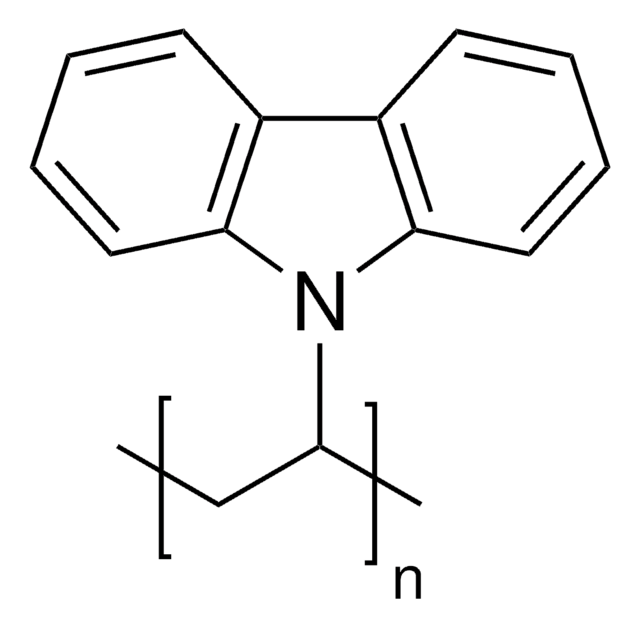
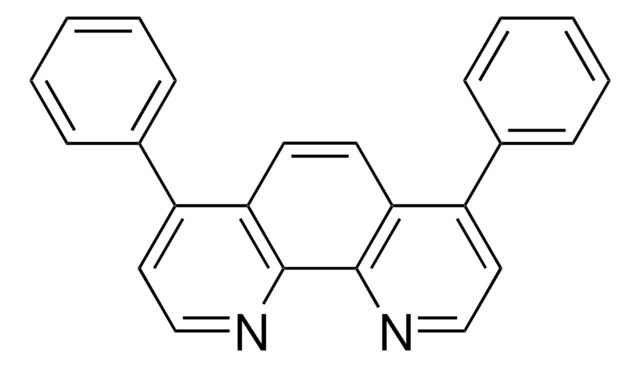
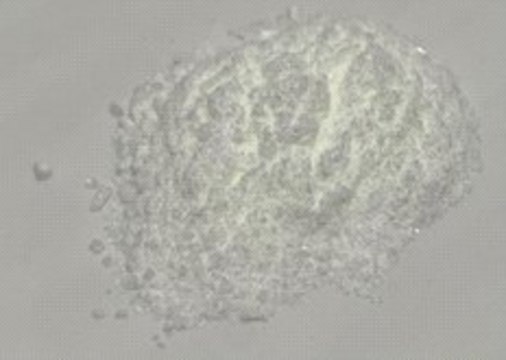

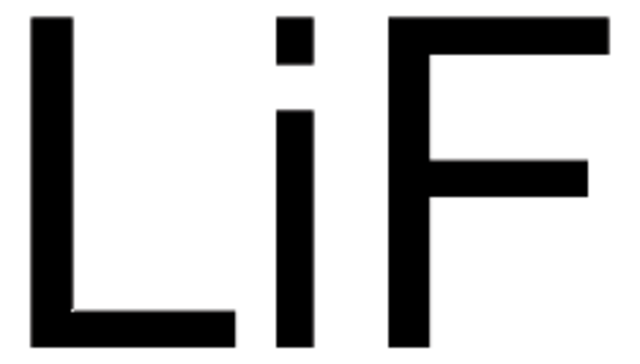
![Poly[2-methoxy-5-(2-ethylhexyloxy)-1,4-phenylenevinylene] average Mn 40,000-70,000](/deepweb/assets/sigmaaldrich/product/structures/344/488/b8f8179d-3970-4deb-a754-adda88cdb36f/640/b8f8179d-3970-4deb-a754-adda88cdb36f.png)
